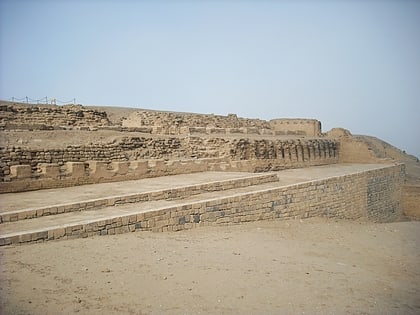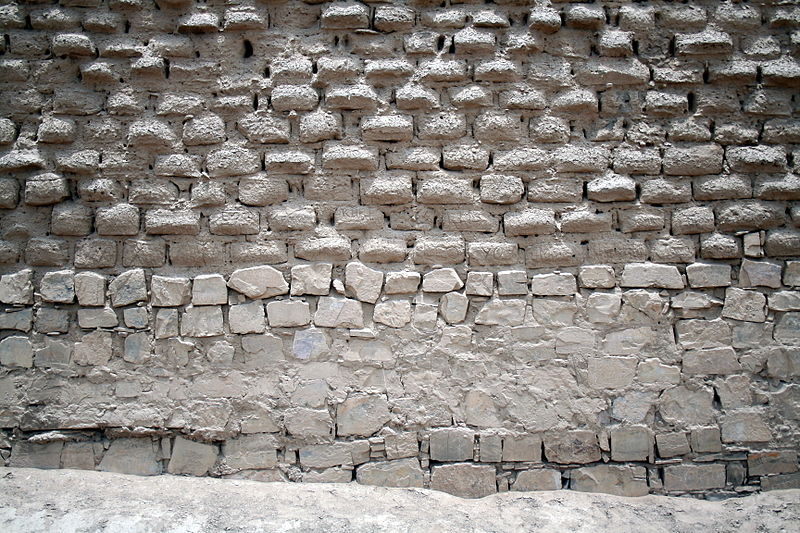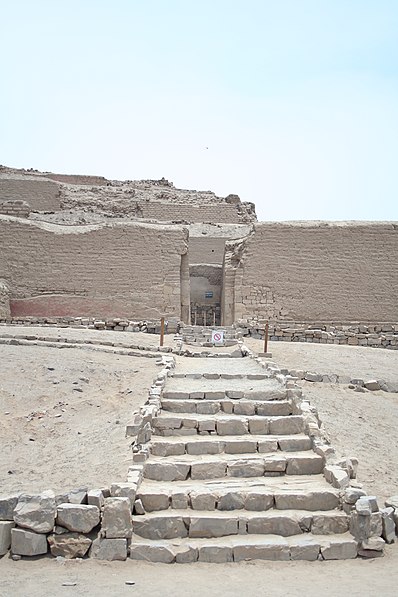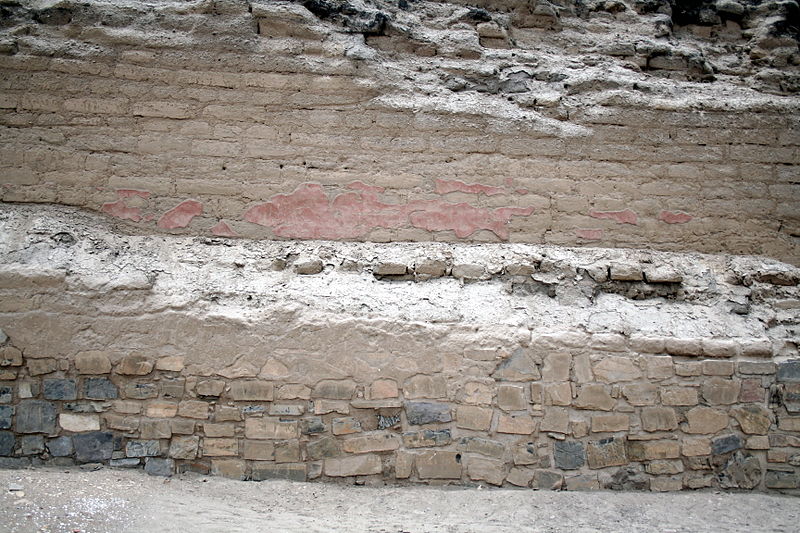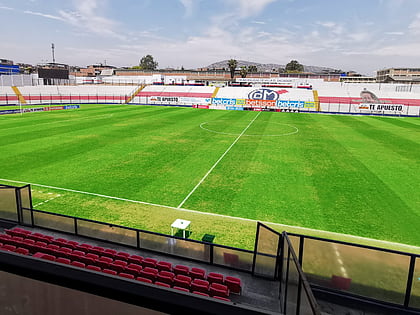Pachacamac

Facts and practical information
Pachacamac, an awe-inspiring archaeological site located in the Lurín Valley of Peru, stands as a testament to the complex pre-Columbian history of the region. Encompassing an area of nearly 600 hectares, this ancient ceremonial center was a significant hub of religious worship and political power for multiple indigenous cultures, including the Lima, Wari, and Inca civilizations.
The site's name, Pachacamac, translates to "Earth Maker" in Quechua, pointing to the reverence held for the deity of the same name that was once worshipped here. According to historical records and local lore, Pachacamac was considered a powerful oracle, capable of controlling earthquakes and other natural phenomena.
Dating back to approximately AD 200, the site features a collection of pyramidal temples, palaces, plazas, and residential buildings, all constructed from a blend of adobe and stone. Among the most notable structures is the Temple of the Sun, a pyramid that offers a panoramic view of the Pacific Ocean, signifying the strategic and spiritual importance of the location.
Excavations at Pachacamac have revealed a rich array of artifacts, including ceramics, textiles, and carved wooden idols, which provide invaluable insights into the religious practices and daily life of its ancient inhabitants. The site also includes an on-site museum that showcases many of these cultural treasures, offering visitors a deeper understanding of the site's historical significance.
Despite its proximity to the bustling capital city of Lima, Pachacamac retains an atmosphere of bygone mysticism. As a UNESCO World Heritage candidate, the site attracts historians, archaeologists, and tourists alike, all eager to explore the remnants of a civilization that thrived long before the Spanish conquest.
Pachacamac – popular in the area (distance from the attraction)
Nearby attractions include: Pantanos de Villa Wildlife Refuge, Estadio Iván Elías Moreno.
